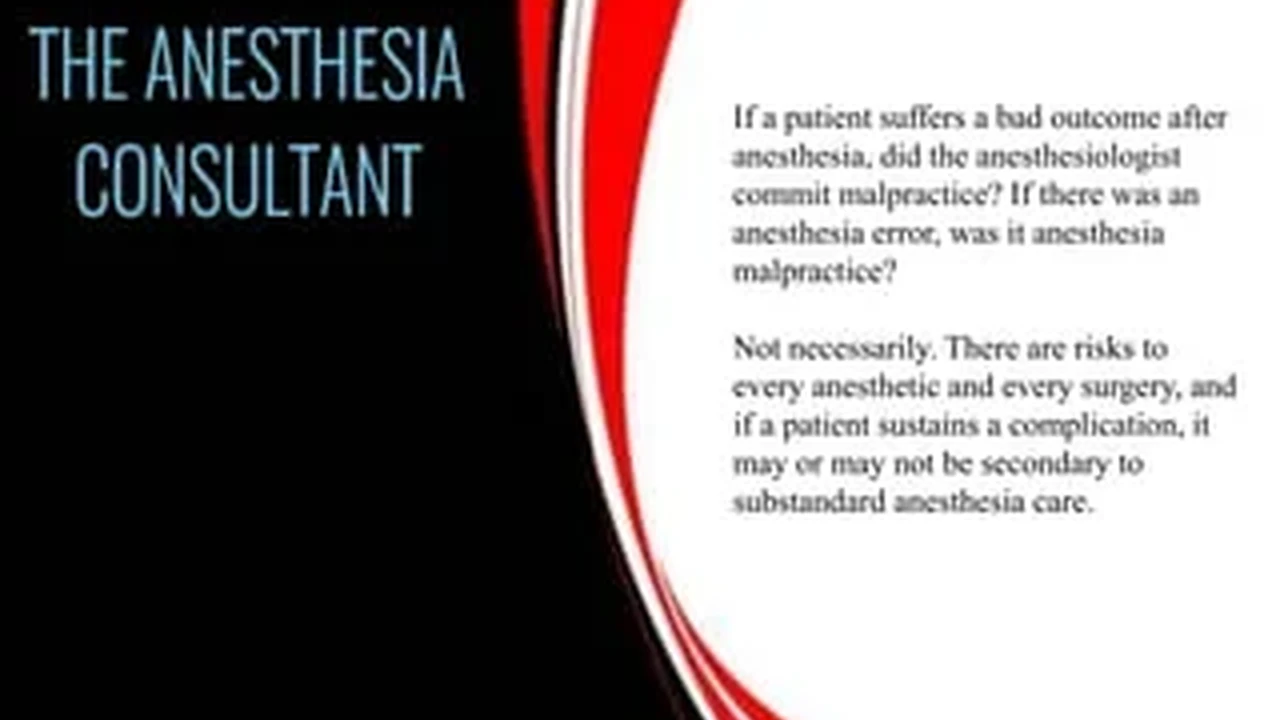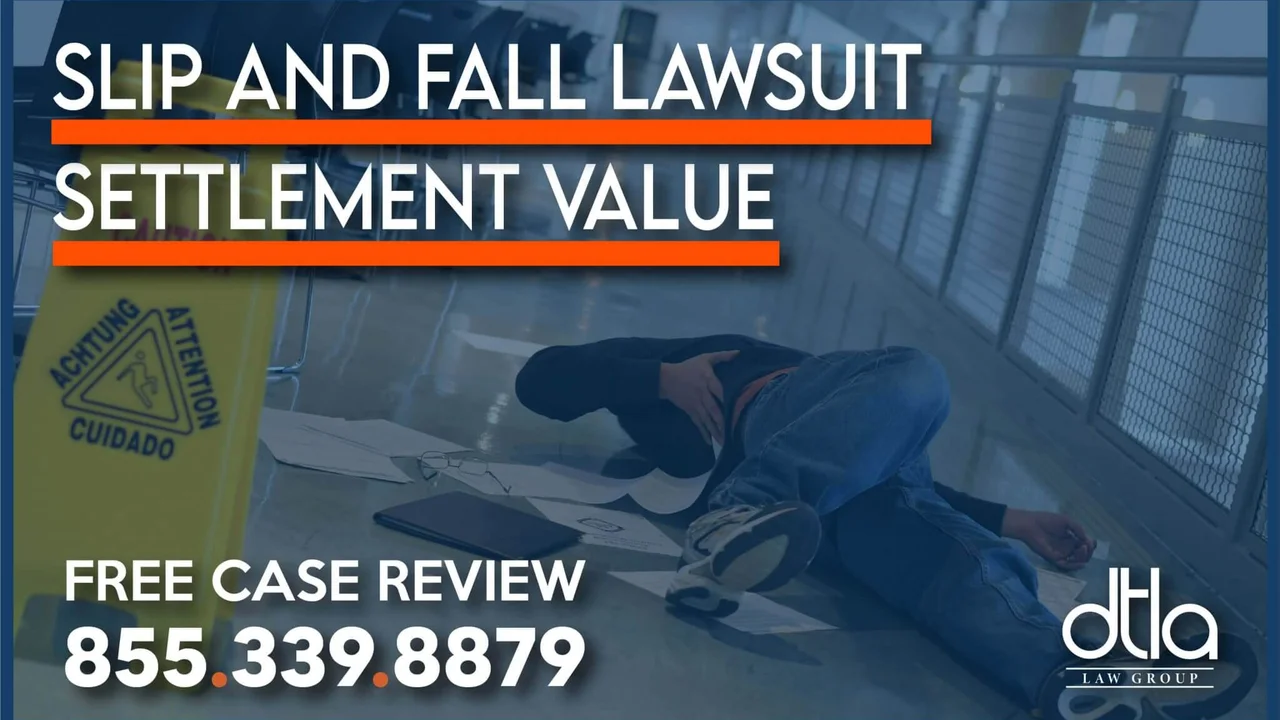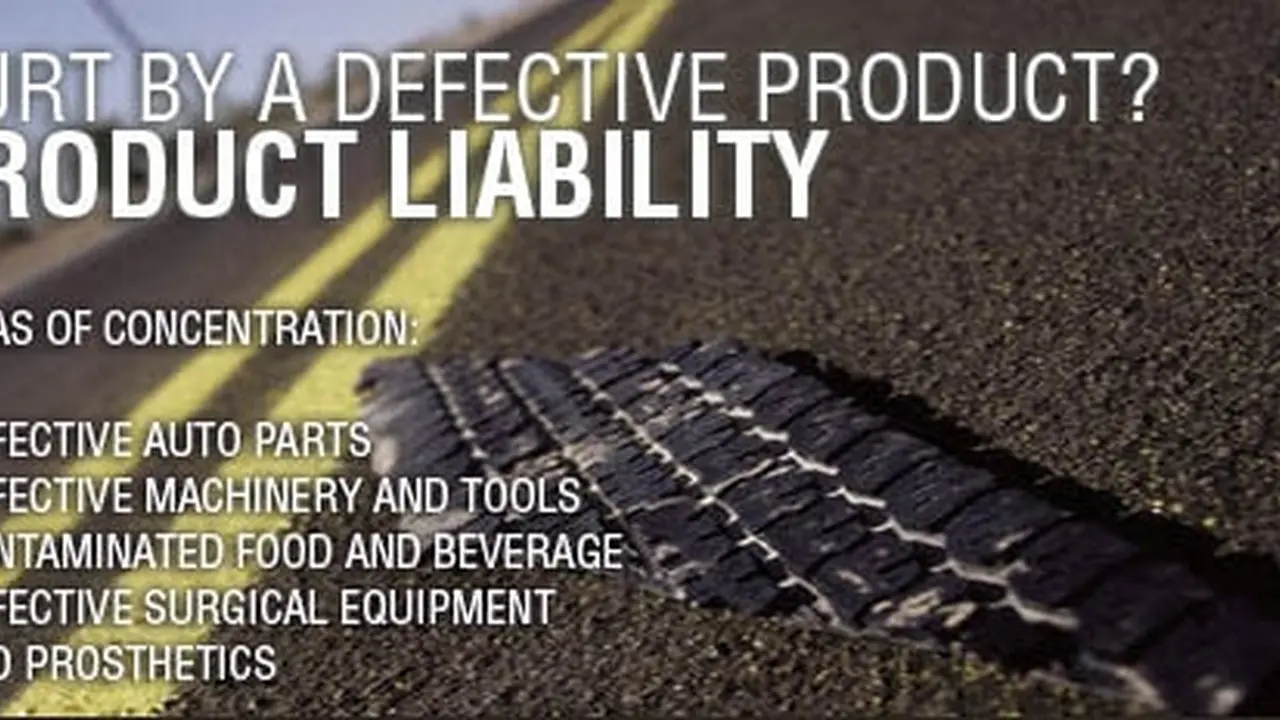Car Accident Claims USA vs Southeast Asia
Compare car accident claim processes and legal differences between the USA and Southeast Asian countries.

Compare car accident claim processes and legal differences between the USA and Southeast Asian countries.
Car Accident Claims USA vs Southeast Asia A Comprehensive Guide
Hey there! Ever wondered how car accident claims work in different parts of the world? Specifically, if you're looking at the USA versus Southeast Asia, you're in for quite a ride. The legal landscapes, cultural nuances, and even the types of insurance can vary wildly. This isn't just about getting your car fixed; it's about understanding your rights, getting fair compensation for injuries, and navigating a system that might be completely foreign to you. Let's dive deep into the nitty-gritty of car accident claims in these two distinct regions.
Understanding Car Accident Claims The Basics
Before we compare, let's quickly touch on what a car accident claim generally entails. When you're involved in a car accident, and it's not your fault (or at least not entirely), you typically file a claim to seek compensation for damages. This can include medical bills, lost wages, property damage (like your car), pain and suffering, and sometimes even emotional distress. The goal is to make you 'whole' again, as much as money can. This process usually involves insurance companies, police reports, and sometimes, legal action.
Car Accident Laws and Regulations USA Overview
The United States is a big place, and car accident laws can differ significantly from state to state. However, there are some overarching principles. Most states operate under either an 'at-fault' (tort) system or a 'no-fault' system. In an at-fault state, the person who caused the accident is responsible for the damages, and their insurance pays. In a no-fault state, your own insurance typically covers your medical expenses and lost wages, regardless of who was at fault, up to a certain limit. This is a crucial distinction that impacts how you pursue a claim.
At Fault States How They Work for Car Accident Victims
In at-fault states, proving who caused the accident is paramount. This often involves gathering evidence like police reports, witness statements, photos, and even traffic camera footage. Once fault is established, the at-fault driver's insurance company is responsible for compensating the injured parties. This can lead to lengthy negotiations and, if an agreement isn't reached, a personal injury lawsuit. States like Texas, California, and Florida largely follow an at-fault system.
No Fault States Understanding Your Car Accident Insurance
No-fault states, such as Michigan, New York, and Pennsylvania, aim to streamline the process for minor injuries. Your own Personal Injury Protection (PIP) insurance covers your medical bills and lost wages up to a certain amount, regardless of fault. However, there's usually a 'threshold' for serious injuries. If your injuries meet this threshold (e.g., a certain level of medical expenses or a permanent impairment), you can then step outside the no-fault system and sue the at-fault driver for additional damages, including pain and suffering.
Comparative and Contributory Negligence in US Car Accidents
Another important concept in the USA is how shared fault is handled. Some states use 'pure comparative negligence,' meaning you can recover damages even if you're 99% at fault, but your compensation is reduced by your percentage of fault. Other states use 'modified comparative negligence,' where you can only recover if you're less than 50% or 51% at fault. A few states still use 'contributory negligence,' which is very harsh: if you're even 1% at fault, you get nothing. Knowing your state's rule is vital.
Car Accident Claims Southeast Asia A Regional Perspective
Southeast Asia is a diverse region, encompassing countries like Thailand, Vietnam, Malaysia, Indonesia, and the Philippines. While each country has its own specific laws, there are some common threads and significant differences compared to the USA. Generally, the legal systems are often less litigious, and out-of-court settlements are more common. Insurance penetration can also vary, and the concept of 'pain and suffering' compensation might be less emphasized or calculated differently.
Thailand Car Accident Claims and Insurance
In Thailand, all vehicles are required to have Compulsory Motor Insurance (CMI), which provides basic coverage for medical expenses and some death benefits. Beyond CMI, many drivers opt for voluntary insurance, which offers more comprehensive coverage. The legal system is generally based on civil law, and fault is determined by police reports and evidence. While personal injury claims are possible, the compensation amounts for non-economic damages (like pain and suffering) tend to be lower than in the USA. Negotiation with insurance companies is common, and litigation can be a lengthy process.
Malaysia Car Accident Laws and Compensation
Malaysia operates under a tort system, meaning the at-fault party is responsible. All vehicles must have motor insurance, which covers third-party bodily injury and property damage. The Road Transport Act and common law govern car accident claims. Similar to Thailand, while compensation for medical expenses and lost earnings is standard, awards for pain and suffering might be more modest compared to Western standards. The legal process can involve police investigations, insurance claims, and potentially court proceedings, though mediation and settlement are often encouraged.
Vietnam Car Accident Claims Navigating the System
Vietnam's legal system is also based on civil law. While compulsory motor insurance exists, its coverage limits can be quite low. Many drivers opt for additional voluntary insurance. Determining fault is crucial, and police reports play a significant role. Compensation typically covers medical costs, lost income, and funeral expenses in case of death. Non-economic damages are recognized but often awarded conservatively. The legal process can be complex, and having local legal representation is highly advisable due to language barriers and procedural differences.
Philippines Car Accident Claims and Legalities
In the Philippines, the legal framework for car accidents is primarily governed by the Civil Code. It's an at-fault system. All vehicles are required to have Compulsory Third Party Liability (CTPL) insurance, which provides basic coverage for bodily injury and death to third parties. Beyond CTPL, comprehensive insurance is available. Claims involve proving negligence, and compensation can include medical expenses, lost income, and moral damages (similar to pain and suffering). However, the amounts awarded for moral damages are generally lower than in the USA. The judicial process can be slow, making out-of-court settlements a common approach.
Key Differences in Car Accident Claims USA vs Southeast Asia
Let's break down the major distinctions you'll encounter when comparing car accident claims in these two regions.
Insurance Coverage and Requirements
USA: Highly regulated, with varying minimum coverage requirements by state. PIP in no-fault states, and liability coverage is mandatory almost everywhere. Comprehensive and collision coverage are common voluntary additions. The average American driver carries significant insurance coverage.
Southeast Asia: Compulsory insurance exists in most countries, but coverage limits can be significantly lower than in the USA. Voluntary comprehensive insurance is available but might not be as widely adopted or as robust as in the US. This means that in some cases, the at-fault driver might not have sufficient insurance to cover all your damages, especially for serious injuries.
Compensation for Pain and Suffering
USA: Compensation for pain and suffering (non-economic damages) is a significant component of personal injury claims. Juries can award substantial amounts, especially in cases of severe, long-term injuries. This is often calculated using multipliers of economic damages or per diem methods.
Southeast Asia: While recognized, compensation for pain and suffering tends to be more conservative. Courts and insurance companies often award lower amounts compared to the USA. The focus is often more on tangible economic losses like medical bills and lost wages.
Legal Process and Litigation Culture
USA: Highly litigious. Personal injury lawsuits are common, and the discovery process can be extensive. Jury trials are a fundamental right. Lawyers play a central role in negotiating settlements and representing clients in court.
Southeast Asia: Generally less litigious. Out-of-court settlements and mediation are often preferred. While lawsuits are possible, the judicial process can be slower, and the emphasis might be on reaching an amicable agreement rather than protracted court battles. The role of lawyers might be more focused on negotiation and administrative tasks rather than aggressive litigation.
Statute of Limitations for Car Accident Claims
USA: Varies by state, typically ranging from 1 to 6 years for personal injury claims. Property damage claims often have different statutes. Missing this deadline means you lose your right to sue.
Southeast Asia: Also varies by country. For example, in Thailand, it's generally one year for tort claims, while in Malaysia, it's six years. It's crucial to check the specific country's laws as these deadlines are strict.
Role of Police and Evidence Gathering
USA: Police reports are important but not always definitive on fault. Lawyers often conduct their own investigations. Extensive documentation, including medical records, repair estimates, and witness statements, is crucial.
Southeast Asia: Police reports often carry significant weight in determining fault. Local authorities might have a more direct role in the initial investigation. Documenting everything, including photos and videos, is equally important, but the interpretation of evidence might differ.
Navigating a Car Accident Claim in the USA Practical Advice
If you find yourself in a car accident in the US, here's what you should keep in mind:
Immediate Steps After a US Car Accident
First, ensure everyone's safety. Call 911 for emergencies and police. Exchange information with the other driver(s). Take photos and videos of the scene, vehicle damage, and any visible injuries. Seek medical attention immediately, even if you feel fine, as some injuries have delayed symptoms. Do not admit fault at the scene.
Hiring a Car Accident Lawyer in the USA
It's almost always a good idea to consult with a personal injury lawyer, especially if you've been injured. They can help you understand your rights, navigate insurance companies, gather evidence, and negotiate for a fair settlement. Most personal injury lawyers work on a contingency fee basis, meaning they only get paid if you win.
Dealing with US Insurance Companies After a Crash
Be cautious when speaking with the other driver's insurance company. They are not on your side. Provide basic information but avoid giving recorded statements or signing anything without consulting your lawyer. Let your lawyer handle communications and negotiations.
Navigating a Car Accident Claim in Southeast Asia Practical Advice
If you're involved in an accident in Southeast Asia, here's some guidance:
Immediate Steps After a Southeast Asian Car Accident
Safety first! Call local emergency services and the police. In many Southeast Asian countries, police involvement is critical for official reports. Exchange information. Take photos and videos. Seek medical attention promptly. Be polite but firm, and avoid admitting fault. If you're a foreigner, contact your embassy or consulate for assistance.
Hiring Local Legal Counsel for Car Accidents
Given the language barriers and different legal systems, hiring a local lawyer or a lawyer with experience in that specific country's laws is highly recommended. They can help you understand the local procedures, communicate with authorities and insurance companies, and ensure your rights are protected. Look for firms that specialize in personal injury or have a strong international client base.
Understanding Local Insurance Practices
Be aware that insurance practices might differ. Some local insurance companies might be less responsive or offer lower settlements than you'd expect in the USA. Your lawyer can help you understand the typical compensation ranges and negotiate effectively.
Specific Products and Services for Car Accident Recovery and Prevention
Beyond the legal aspects, there are many products and services that can aid in recovery, documentation, and even prevention of car accidents. While these aren't legal advice, they can be incredibly helpful.
Dash Cams The Ultimate Car Accident Witness
A dash cam is your silent, unbiased witness. It records everything that happens on the road, which can be invaluable evidence in determining fault. This is especially true in regions where disputes over fault are common or where police reports might be less detailed.
- Product Recommendation 1: VIOFO A129 Pro Duo
- Features: 4K front camera, 1080p rear camera, GPS logging, parking mode, Wi-Fi connectivity.
- Use Case: Excellent for comprehensive coverage, capturing high-resolution footage that clearly shows license plates and road conditions. Parking mode is great for hit-and-runs while parked.
- Comparison: Higher resolution than many competitors, reliable performance, and good customer support.
- Price: ~$250-$300 USD.
- Product Recommendation 2: Garmin Dash Cam 67W
- Features: 1440p resolution, 180-degree wide-angle lens, voice control, automatic incident detection, cloud storage.
- Use Case: Ideal for drivers who want a compact, discreet camera with smart features and easy cloud access for footage.
- Comparison: Smaller form factor than VIOFO, but slightly lower resolution. Garmin's ecosystem offers good integration.
- Price: ~$200-$250 USD.
First Aid Kits and Emergency Roadside Kits Essential for Every Vehicle
Having a well-stocked first aid kit can make a huge difference in the immediate aftermath of an accident, especially for minor injuries. An emergency roadside kit can help you manage the scene safely.
- Product Recommendation 1: AAA 42-Piece Premium Roadside Emergency Kit
- Features: Jumper cables, flashlight, basic tools, first aid kit, reflective triangle, poncho.
- Use Case: Comprehensive kit for common roadside emergencies and minor injuries.
- Comparison: AAA branding ensures quality and reliability. Good balance of tools and first aid.
- Price: ~$40-$60 USD.
- Product Recommendation 2: Surviveware Small First Aid Kit
- Features: 100 essential items, waterproof bag, clearly labeled compartments, medical-grade supplies.
- Use Case: Excellent for treating injuries on the spot, from cuts and scrapes to sprains.
- Comparison: Focuses purely on medical aid, with superior organization and quality of supplies compared to generic kits.
- Price: ~$35-$45 USD.
Telematics Devices and Apps for Safer Driving
These devices and apps monitor your driving habits and can even alert emergency services after a crash. They can also sometimes lead to insurance discounts.
- Product Recommendation 1: Automatic Pro (Device + App)
- Features: Plugs into OBD-II port, tracks driving, crash alert, engine light diagnostics, parking assistance.
- Use Case: Provides detailed insights into driving behavior, automatically calls for help after a crash, and can help improve fuel efficiency.
- Comparison: More comprehensive than just an app, offering direct vehicle data. Requires a subscription for full features.
- Price: Device ~$100-$130 USD, plus subscription.
- Product Recommendation 2: Zendrive (App)
- Features: Uses phone sensors to detect driving behavior, provides safety scores, crash detection.
- Use Case: Good for those who don't want a physical device. Can be used by insurance companies for usage-based insurance.
- Comparison: Software-only solution, less accurate than hardware but free to use for basic features.
- Price: Free (app), potential insurance discounts.
Legal Consultation Services and Platforms
Finding the right legal help is paramount, especially when dealing with cross-border claims.
- Service Recommendation 1: Avvo or LegalMatch (Online Lawyer Directories)
- Features: Search for lawyers by specialty and location, read client reviews, ask free legal questions.
- Use Case: Excellent for finding personal injury lawyers in the USA or lawyers specializing in international law for Southeast Asian claims.
- Comparison: Provides a broad selection of lawyers and allows for direct contact. User reviews offer valuable insights.
- Price: Free to use the directory, lawyer fees vary.
- Service Recommendation 2: International Bar Association (IBA) Directory
- Features: Global directory of legal professionals and law firms.
- Use Case: Ideal for finding reputable law firms with international experience, particularly useful for complex claims involving different jurisdictions in Southeast Asia.
- Comparison: More geared towards professional legal connections, but can be a valuable resource for finding highly qualified international lawyers.
- Price: Free to search, lawyer fees vary.
The Importance of Documentation and Communication in Car Accident Claims
No matter where you are, thorough documentation is your best friend. This includes police reports, medical records, photos, witness contact information, and any communication with insurance companies or other parties. Keep a detailed log of all expenses related to the accident. Clear and consistent communication with your legal counsel and insurance provider (through your lawyer) is also key to a smooth process.
Future Trends in Car Accident Claims Technology and Globalization
The world is becoming more interconnected, and technology is constantly evolving. We might see more standardized international agreements for car accident claims in the future, or at least better mechanisms for cross-border disputes. Telematics and AI are already changing how insurance companies assess risk and process claims. Autonomous vehicles, when they become widespread, will introduce entirely new legal questions about liability. Staying informed about these trends can help you be better prepared.
Final Thoughts on Car Accident Claims Across Continents
Dealing with a car accident is stressful enough, but when it happens in a foreign country, the complexities multiply. Whether you're in the bustling streets of Bangkok or the highways of California, understanding the local laws, insurance practices, and legal culture is paramount. While the USA often offers more robust compensation for non-economic damages and a more litigious environment, Southeast Asian countries emphasize local negotiation and often have lower compensation ceilings. Always prioritize safety, document everything, and seek professional legal advice tailored to the specific jurisdiction. This proactive approach will significantly improve your chances of a successful claim and help you navigate the aftermath with greater confidence.
:max_bytes(150000):strip_icc()/277019-baked-pork-chops-with-cream-of-mushroom-soup-DDMFS-beauty-4x3-BG-7505-5762b731cf30447d9cbbbbbf387beafa.jpg)






